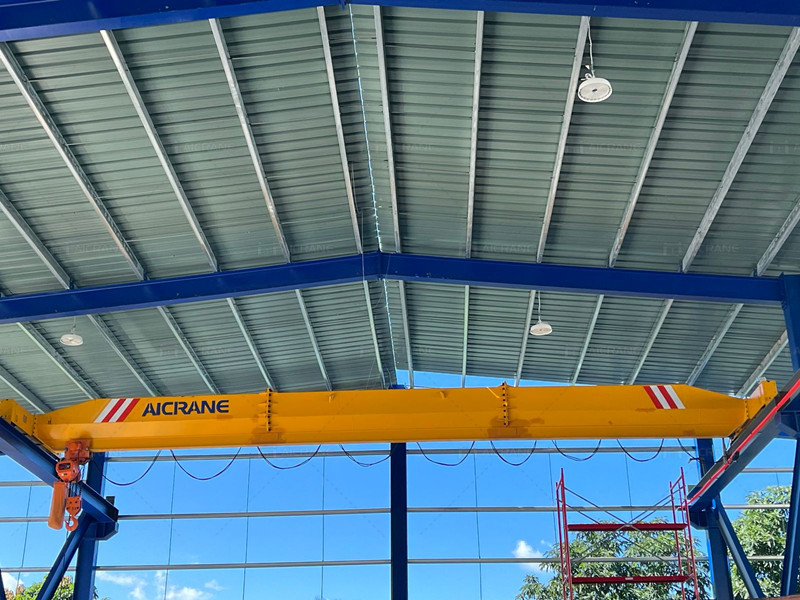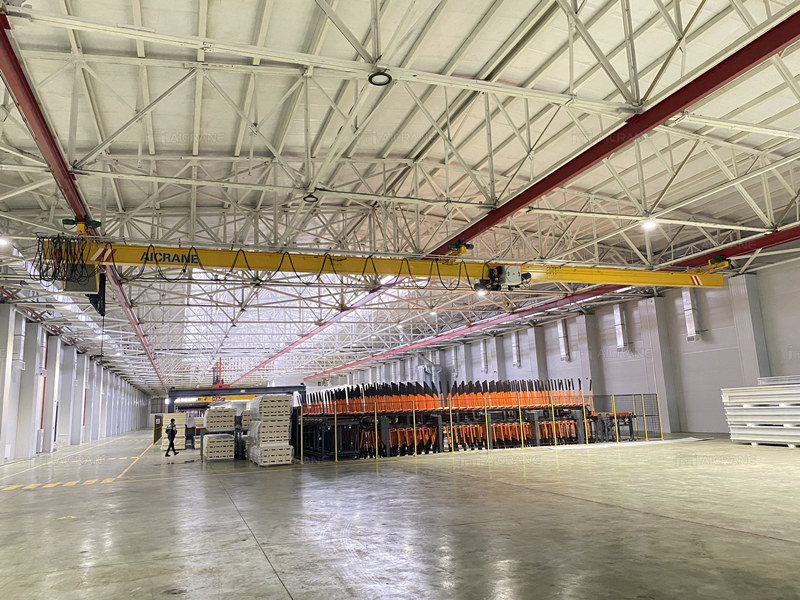Overhead cranes are an essential part of many industries, and their prices can vary greatly depending on various factors. If you are in the market for an overhead crane, it’s important to understand what factors affect their prices so you can make an informed decision. In this article, we will discuss some of the key factors that affect the price of overhead cranes.

Capacity
The capacity of an overhead crane is one of the most important factors that affect its price. The larger the capacity, the more expensive the crane(мостовой кран) will be. This is because cranes with higher capacity require stronger components, such as larger motors and heavier-duty materials. The capacity of an overhead crane is usually measured in tons, and it’s important to choose a crane that can handle the weight of the objects you need to lift.
Span
The span of an overhead crane refers to the distance between the runway beams that support the crane. The longer the span, the more expensive the crane will be. This is because longer spans require more materials, such as additional runway beams, to support the crane. It’s important to choose a crane with an appropriate span for your facility, as a crane with a span that is too short can limit the range of motion and lifting capacity.
Height
The height of an overhead crane(кран балка электрическая) is also an important factor that affects its price. The taller the crane, the more expensive it will be. This is because taller cranes require longer runway beams and more powerful motors to lift objects to higher heights. It’s important to choose a crane with an appropriate height for your facility, as a crane that is too short can limit your ability to lift objects to the desired height.
Duty cycle
The duty cycle of an overhead crane refers to the amount of time it is in use each day. Cranes with higher duty cycles are typically more expensive than those with lower duty cycles. This is because cranes with higher duty cycles require more durable components and more frequent maintenance to ensure they remain in good working condition. It’s important to choose a crane with an appropriate duty cycle for your facility, as a crane that is not designed for the amount of use it receives can break down and require costly repairs.

Hoist
The hoist of an overhead crane(кран балка) refers to the mechanism used to lift and move objects. The type of hoist used can greatly affect the price of the crane. For example, a crane with a wire rope hoist will generally be less expensive than one with a chain hoist or a magnetic hoist. It’s important to choose a hoist that is appropriate for the weight and size of the objects you need to lift, as using the wrong hoist can result in damage to the crane or the objects being lifted.
Controls
The controls of an overhead crane refer to the mechanism used to operate the crane. The type of controls used can also affect the price of the crane. For example, a crane with manual controls will generally be less expensive than one with automated controls. It’s important to choose controls that are appropriate for your facility and the skill level of your operators.
Location
The location where the crane will be installed can also affect its price. If the installation site is difficult to access or requires additional structural support, the cost of the crane may be higher. It’s important to consider the installation location when choosing a crane and to work with a reputable crane installation company that can provide an accurate estimate of the installation cost.
In conclusion, there are several factors that affect the price of overhead cranes. By understanding these factors, you can make an informed decision when choosing a crane for your facility. It’s important to consider t he capacity, span, height, duty cycle, hoist and controls. If you want to find a reliable overhead crane manufacture, you can visit website Aicrane.